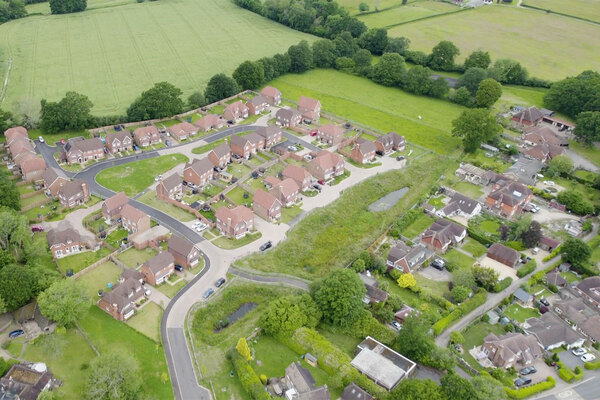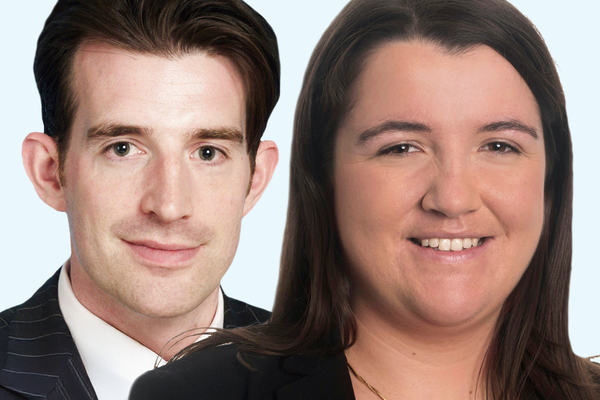Construction and repairs contractors are harder and harder to secure. What can social landlords do?
Prices are going up, and social landlords are putting out tenders and getting no bids. Neil Butters considers how they need to change their approach to secure contractors they need
Construction and repairs contractors are inundated with work, and this is creating challenging conditions for social landlords. Surging demand around COVID catch-up, fire safety and net zero – plus a skills shortage – means that building firms are cherry-picking the jobs they want and ignoring those they don’t.
I’ve heard that some housing providers can’t even persuade their incumbent contractors to re-tender for planned maintenance jobs, and that several construction firms have withdrawn from projects last minute, having got a better offer.
Someone told me about a project where the contractor left just weeks before they were due to begin, citing low margins and high demand elsewhere. Another social landlord said they’d put out a £300,000 planned works contract and received no bids at all.
A number of contractors have completely given up tendering for works, focusing instead on direct awards due to the strength of their order books. In some instances, traditional planned works are seeing price increases of 20% to 30%.
These conditions aren’t likely to change any time soon. The problem is exacerbated by current demand and is therefore increasingly noticeable, but ultimately this is a long-term structural problem related to the ageing construction workforce and a historic under-investment in training.
Although things are tough, difficult contractor behaviour can be managed. But to do this effectively, social landlords must first adjust their own mindset.
“High demand has turned a buyers’ market into one led by suppliers, and social landlords must adapt”
Gone are the days of putting out a planned maintenance contract and having dozens of building firms – all operating on low margins – scrapping for work and offering bargain bids. High demand has turned a buyers’ market into one led by suppliers, and social landlords must adapt.
With healthy competition no longer a given, here are five practical steps to help you engage positively with contractors:
Warm up potential bidders
Housing providers must be empathetic, putting themselves in the shoes of contractors, finding out about their priorities, commitments and delivery models. A building company might be more interested in bidding for a contract if it’s a certain length or chunked up into smaller jobs.
This intelligence-gathering will help landlords to make their work more attractive, prompting a higher number of bids.
Adjust your timescales
Some contractors are so busy that they have no capacity to respond to tenders, or they just can’t react quickly. Bear this in mind as you plan your tender timescales. Give contractors lots of advance warning and be prepared to extend deadlines. Why not publish upcoming planned and capital works contract opportunities across your local contractor community?
Consider contract delivery timeframes too. A lack of skilled workers, materials shortages and new COVID restrictions are all impacting the speed at which contractors can deliver jobs. Social landlords must be pragmatic on timing or else contractors won’t bid.
Communicate honestly and collaboratively
Transparent communication between you and contractors is more important than ever. By being clear and up-front with building firms, you will nurture trust and understanding and work through issues that are blocking bids.
This gives contractors the certainty and intelligence they need to commit to projects, but it also sets a tone of co-operation from the start, with you pulling together to address market volatility.
Be realistic on price
For years, the construction and repairs market has been led by buyers, and contractors had to submit rock-bottom prices to win work.
But things have moved on and so too has the marker of what’s reasonable commercially. It’s worth managing expectations on this across your organisation, so everyone adjusts their outlook around price and value.
“With current market conditions, it won’t always be possible to secure savings and a more realistic target might be limiting cost increases, particularly if you are renewing a contract”
For example, with current market conditions, it won’t always be possible to secure savings and a more realistic target might be limiting cost increases, particularly if you are renewing a contract.
Another approach is setting a reasonable budget at the start of the tender process and then focusing on procuring other forms of value such as achieving lower life-cycle costs, meeting net zero targets or reducing downstream maintenance.
Appoint multiple contractors
One way to encourage more contractors to bid is by dividing up work to expand your supply base. Putting multiple, smaller contracts out to tender means that contractors stand an increased chance of winning and it makes the tender process worthwhile for those smaller contractors that would ordinarily be used as sub-contractors.
It also means you don’t put all your eggs in one basket around delivery and by signing up several firms, you can compare performance and pricing over the contract period and then choose which ones to take forward if you extend.
With contractors no longer falling over each other to win your business, it’s time to go back to basics with tendering. Diligent, timely and sensitive procurement is absolutely key to steering contractor conversations in the right direction and pre-empting some of the challenging behaviour we’ve seen in recent months.
Neil Butters, head of procurement, Procurement for Housing
Sign up for our asset management newsletter
Already have an account? Click here to manage your newsletters













